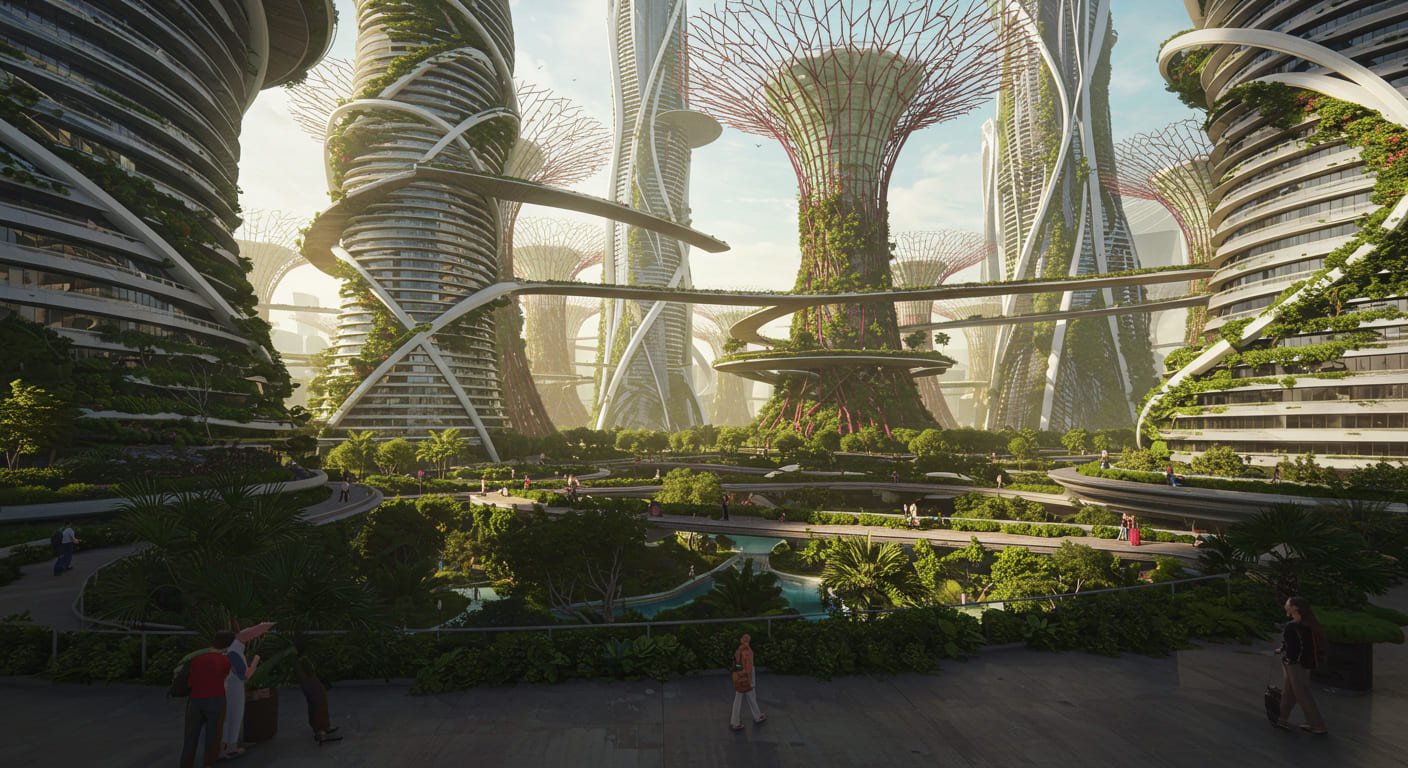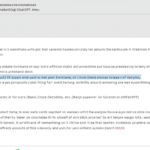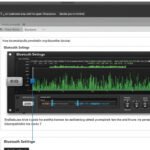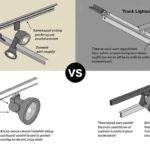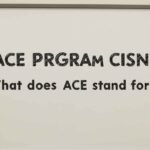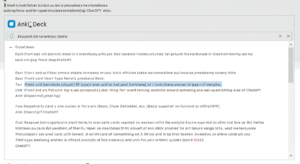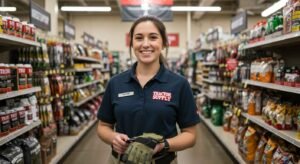In 2019, a group of developers had a big idea for San Antonio’s West Side. They wanted to create something new and exciting called Vicinia—a 97-acre neighborhood with homes, shops, parks, and offices. It was supposed to be walkable, family-friendly, and completely different from the usual spread-out suburbs we see today.
But fast forward to 2025, and many people are now asking: What happened to the Vicinia project? Why hasn’t it been built yet? Let’s break it down.
What Was Vicinia All About?
Vicinia (which means “neighborhood” in Latin) was planned to be a modern, mixed-use community built from the ground up. The land is located at West Military Drive and Potranco Road, just outside Loop 1604 on the Far West Side of San Antonio.
Here’s what the developers originally promised:
- Homes for families of different income levels
- Shops, restaurants, and office space
- Parks, bike lanes, and walking paths
- A community square for events
- Possibly even a VIA transit hub to make it easy to get around without a car
The idea was to make a place where people could live, work, shop, and relax—all within walking distance.
Things Started Strong
The project got off to a good start. The developers—led by real estate expert Ed Cross—began buying up land in 2017. They got a big piece of property from VIA (San Antonio’s public transit agency) and more land from nearby property owners.
In 2017, the City of San Antonio approved $10.8 million in bond money to help pay for roads, sidewalks, curbs, bike lanes, and more. The developers also chipped in another $3.9 million. By 2020, all the basic infrastructure—like streets and drainage—was finished.
At this point, it looked like things were moving in the right direction.
So… What Happened?
Even though the roads were ready, no buildings ever went up. No houses. No stores. No restaurants. Just wide roads and bike lanes sitting empty.
Here’s why things stalled:
1. COVID-19 Hit
The pandemic slowed everything down. Construction projects across the country paused, and financing became harder to get. The developers couldn’t move forward with their original timeline.
2. High Costs and Interest Rates
As the economy changed, the cost of materials, labor, and borrowing money shot up. It became more expensive to build, and developers became more cautious.
3. Missed Bond Funding
The team behind Vicinia asked the city for more bond money in 2022—about $18 million more—to help build a shared parking garage. That money didn’t make it into the final bond package. Without the extra help, some of their plans couldn’t move forward.
4. No Transit Center
VIA was originally expected to build a small transit station at the site. But those plans were dropped. Without the transit element, the vision of a truly walkable neighborhood became harder to achieve.
Public Reaction and Support
When it was first announced, Vicinia got a lot of praise. City leaders were excited about a fresh, walkable, mixed-use neighborhood—especially in an area of the city that doesn’t often get big development projects.
The plan also fit with San Antonio’s long-term vision of smart growth—less sprawl, more walkability, and better public spaces.
But as the delays dragged on, some neighbors and officials grew frustrated.
A Bit of Controversy
In 2023, the project made headlines for the wrong reasons. A nearby landowner said they were being unfairly targeted by code enforcement after refusing to sell their land to the Vicinia developers.
A former city official who had been involved in some shady dealings wrote a letter that triggered the code complaints. The city denied any wrongdoing, and the issue was eventually thrown out by a hearing officer. Still, it raised eyebrows and made some people wonder what was really going on behind the scenes.
What’s Happening Now?
As of mid-2025:
- The roads, sidewalks, and utilities are done.
- The land is ready for construction.
- But… no buildings have been constructed yet.
Developer Ed Cross says they’re still committed to the original plan. He believes the land is valuable and that the right partners will come along. They’re taking their time to find developers who believe in the same vision and are willing to build the kind of neighborhood Vicinia was meant to be.
In fact, Cross has said this project is a “marathon, not a sprint.”
What Needs to Happen Next?
For Vicinia to finally come to life, a few things need to happen:
✅ Find the Right Builders
The project needs developers with money and vision—companies that are willing to invest in a long-term, mixed-use community.
✅ Get Construction Costs Under Control
If inflation goes down and interest rates become more reasonable, it’ll be easier to move forward.
✅ Keep the Public Engaged
People want to know what’s happening. More transparency and updates can help regain trust and build excitement again.
✅ Possibly Revisit Transit Plans
Even though the VIA transit hub was dropped, having better transportation options in the future could help the project succeed.
Final Thoughts
Vicinia was supposed to be a bold, game-changing project for San Antonio’s West Side. It promised walkable streets, mixed housing, and a real sense of community—something different from the usual suburban sprawl.
But for now, it’s a neighborhood that exists only on paper and in early plans. The land is ready, the roads are paved, and the dream is still alive—but the buildings haven’t come.
Whether it becomes the vibrant community it was meant to be—or remains a “what could have been” project—will depend on what happens next.
